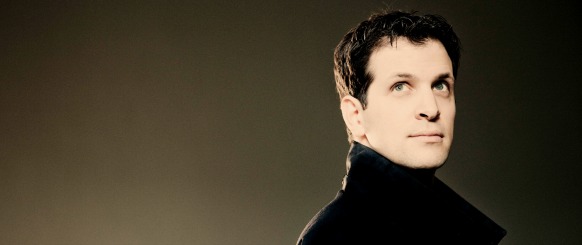Tag: Felix Mendelssohn
-

-
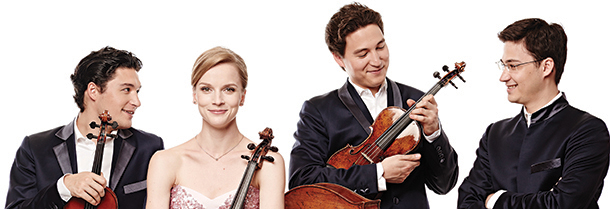
PROGRAM NOTES: SCHUMANN QUARTET
Wolfgang Amadeus Mozart Quartet in D major K. 499 “Hoffmeister” Mozart’s most accomplished string quartets are generally considered to be the ten he wrote after moving to Vienna in 1781, beginning with the set of six dedicated to Haydn, published in 1785 and ending with the set of three dedicated to the King Friedrich Wilhelm II…
-

PROGRAM NOTES: LUCAS & ARTHUR JUSSEN
Johann Sebastian Bach Three Chorale Preludes (arr. György Kurtág) The chorale, a hymn setting of pious verse in simple note values, was a central element in Lutheran liturgical practice, whether sung in unison by the congregation, in four-part harmony by the choir in a cantata, or artfully arranged into a web of contrapuntal lines on…
-
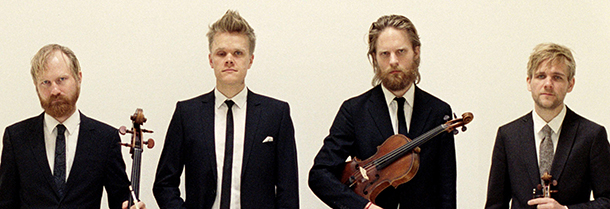
PROGRAM NOTES: DANISH STRING QUARTET
Johann Sebastian Bach The Well-Tempered Clavier Book I Fugue No. 16 in G minor BWV 861 (arr. Förster) If you have ever happened to see one of those cooking shows in which a chef is challenged to create an entire meal—appetizer, entrée and dessert—out of a minimum of ingredients (an ox-tail, say, and a banana)…
-
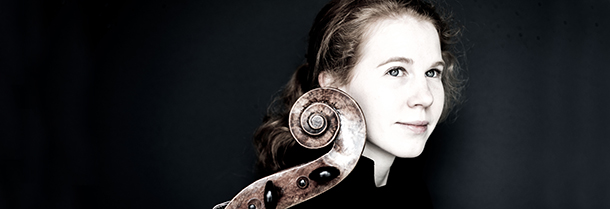
PROGRAM NOTES: HARRIET KRIJGH & MAGDA AMARA
Felix Mendelssohn Cello Sonata No. 2 Op. 58 Mendelssohn’s second sonata for cello and piano reveals him as the Classical-Romantic hybrid that he was. An effortless practitioner of Classical etiquette in the construction of symmetrically balanced phrases, he eagerly took part in the Romantic age’s fascination with tonal colour and virtuoso keyboard writing. This sonata…
-
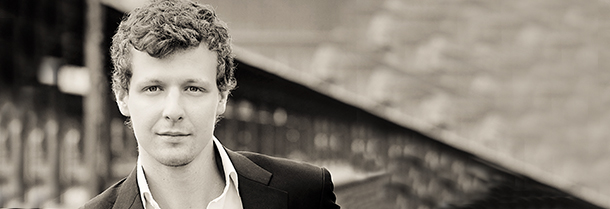
PROGRAM NOTES: ISTVÁN VÁRDAI
Felix Mendelssohn Variations Concertantes Op. 17 Felix was not the only musician in the Mendelssohn family. His older sister Fanny Mendelssohn Hensel (1805-1847) was a prodigiously talented pianist and composer, although she chose marriage over a public career, and his younger brother Paul Mendelssohn (1812-1874) was no slouch as a cellist, to judge by the…
-
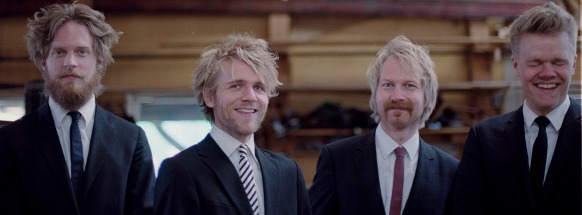
PROGRAM NOTES: DANISH STRING QUARTET
The Art of Fugue Fugue is the Rubik’s cube of compositional genres. It’s the sort of thing that only the ‘brainiest’ of modern composers, one with a bent for antiquarian curiosities, would attempt. And yet in its golden age in the first half of the 18th century, fugue writing was commonplace, an expected skill for…
-
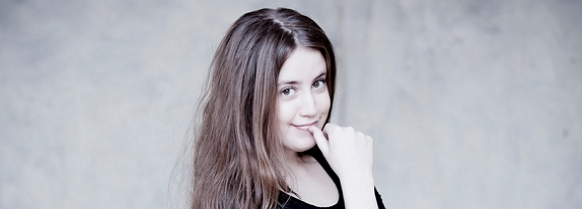
PROGRAM NOTES: VILDE FRANG
Felix Mendelssohn: Violin Sonata in F major Mendelssohn’s E minor Violin Concerto is such an established pillar of the standard repertory that it comes as a surprise to learn that this composer also wrote three sonatas for the instrument, although these are as obscure as the concerto is popular. The first, in F major,…
-
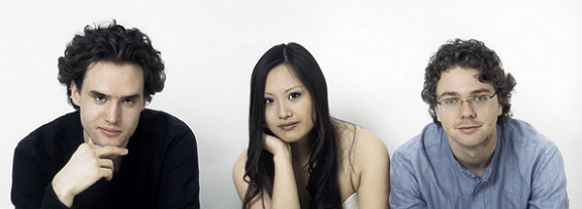
PROGRAM NOTES: SITKOVETSKY TRIO
Johannes Brahms: Piano Trio no. 3 in C minor, Op. 101 This is the last work Brahms wrote for the piano trio. It is a magnificent work in every respect, from the sharply etched melodies to the concision and masterly manner in which they are handled. It is also one of Brahms’s most compact…


